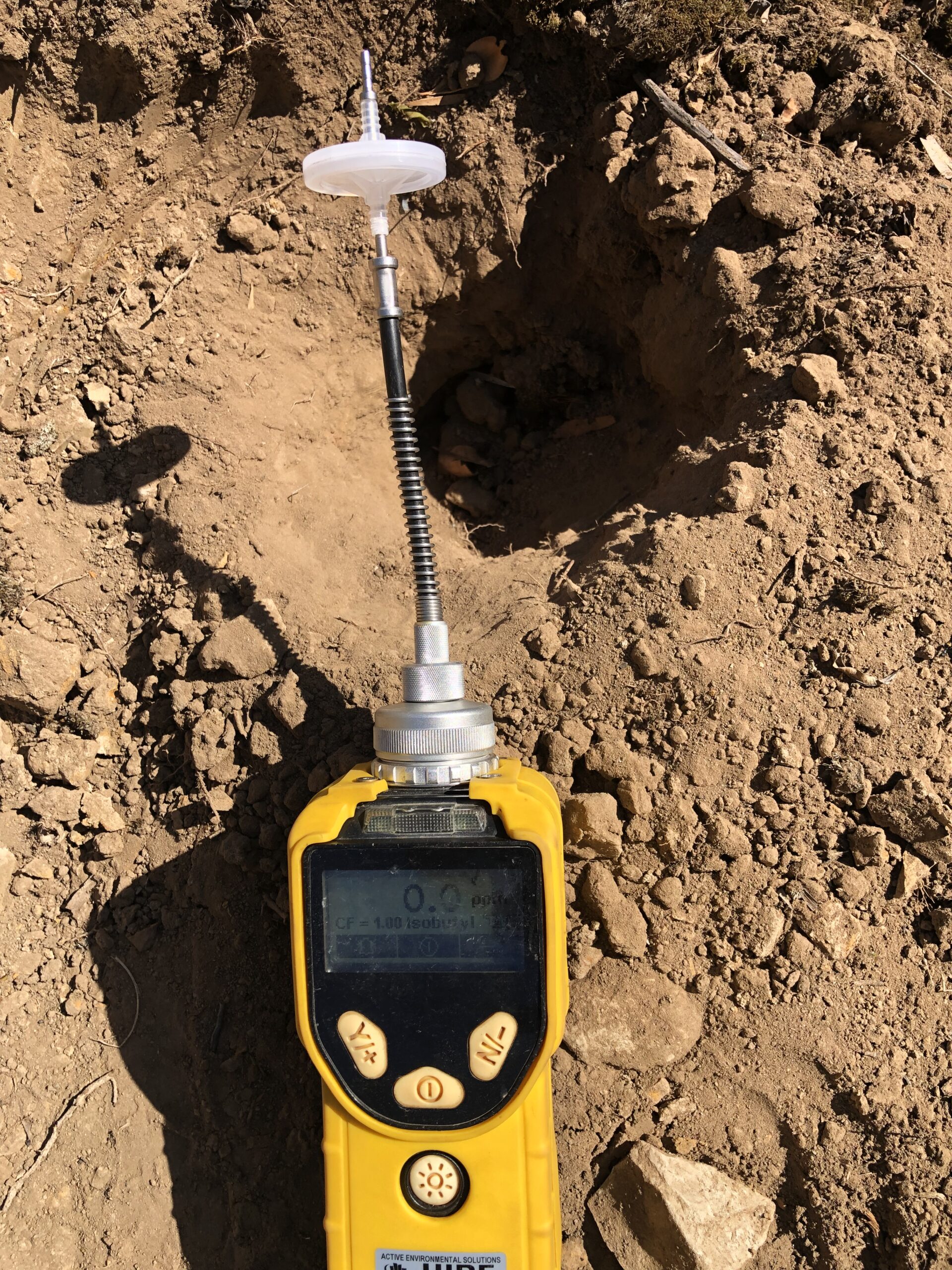
Soil vapour assessment is a critical component of geotechnical and structural engineering projects that focuses on evaluating and managing the presence of volatile organic compounds (VOCs) and other potentially hazardous gases in the subsurface soil. This assessment is crucial for ensuring the safety, environmental compliance, and long-term stability of construction projects, as it helps identify and mitigate risks associated with soil vapour contamination.
Key Components of Soil Vapour Assessment:
Site Investigation: Soil vapour assessment typically begins with a comprehensive site investigation to determine if there are any potential sources of soil vapour contamination. This involves historical research, interviews with landowners, and the examination of previous land use to identify potential contaminant sources.
Sampling and Analysis: Soil vapour sampling is conducted to collect soil gas samples from various depths below the ground surface. These samples are then analyzed for the presence of VOCs, methane, radon, and other hazardous gases. The analysis may also include measuring soil permeability and soil moisture content.
Regulatory Compliance: Engineers and environmental consultants conducting soil vapour assessments must ensure compliance with local, state, and federal regulations related to soil vapour contamination and environmental protection. This includes adhering to specific sampling and analytical methods mandated by regulatory agencies.
Risk Assessment: Once the soil vapour data is collected and analyzed, a risk assessment is conducted to determine the potential impact on human health, structures, and the environment. This assessment considers factors such as contaminant concentrations, exposure pathways, and receptor sensitivity.
Vapour Intrusion Evaluation: In geotechnical and structural engineering, one of the primary concerns is the potential for soil vapours to intrude into buildings and structures. Engineers assess the vapour intrusion pathway, which includes evaluating the presence of basements, crawlspaces, and foundation types that may provide a pathway for vapour migration into indoor spaces.
Mitigation Measures: If elevated levels of soil vapours are detected and pose a potential risk to human health or structures, mitigation measures are developed. These may include installing vapor barriers, ventilation systems, or sub-slab depressurization systems to prevent or mitigate vapour intrusion.
Monitoring and Verification: Ongoing monitoring and verification are crucial to ensure the effectiveness of mitigation measures and the long-term safety of the project site. Regular testing and inspections are conducted to confirm that soil vapour levels remain below established safety thresholds.
Documentation and Reporting: Detailed records of the soil vapour assessment, including sampling data, analysis results, risk assessments, and mitigation measures, are documented and reported to regulatory agencies and project stakeholders.
Coordination with Other Disciplines: Soil vapour assessment often requires collaboration with environmental scientists, geologists, chemists, and structural engineers to address various aspects of the project, from contamination source identification to structural design modifications.

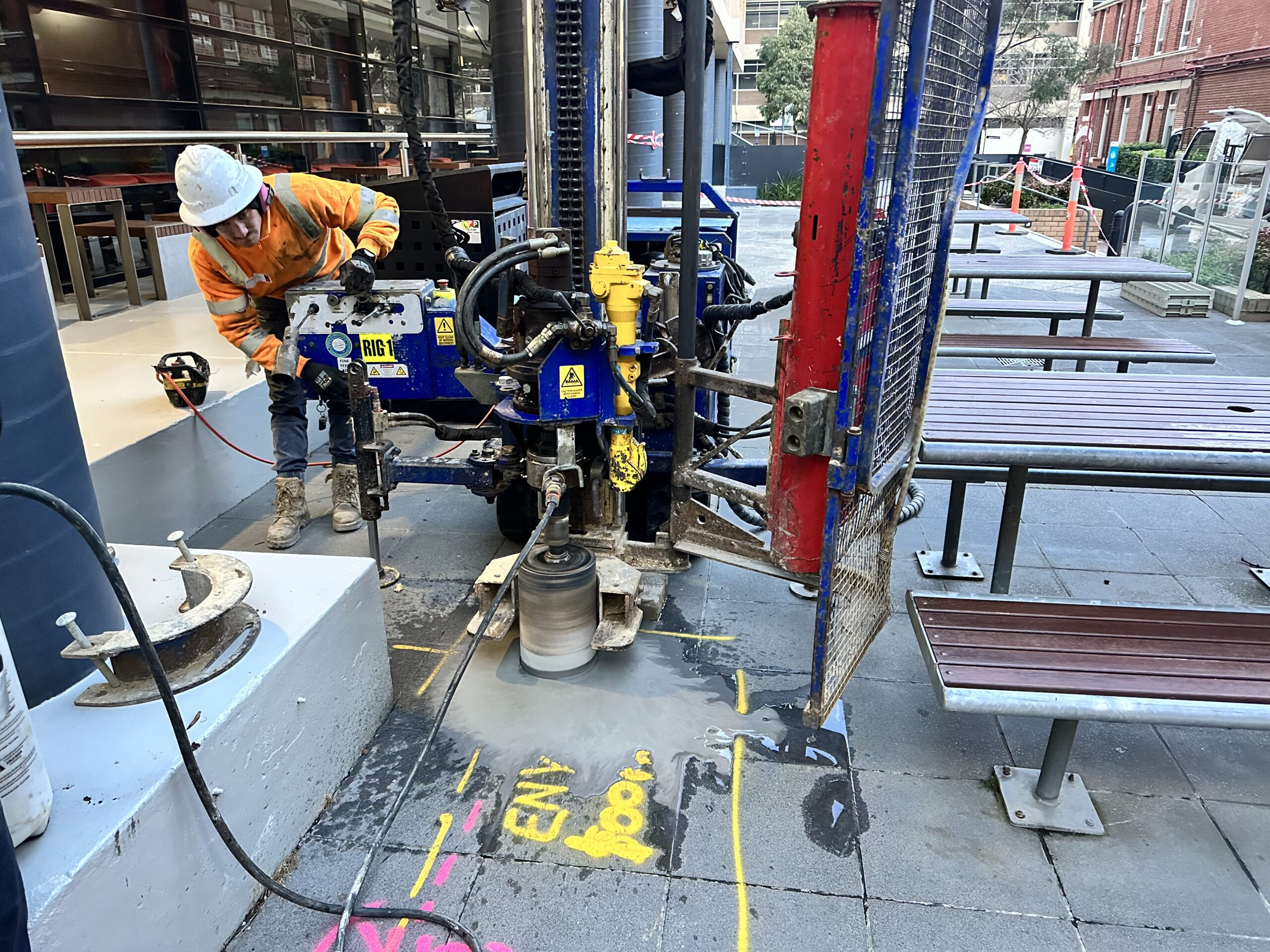 Concrete Coring
Concrete Coring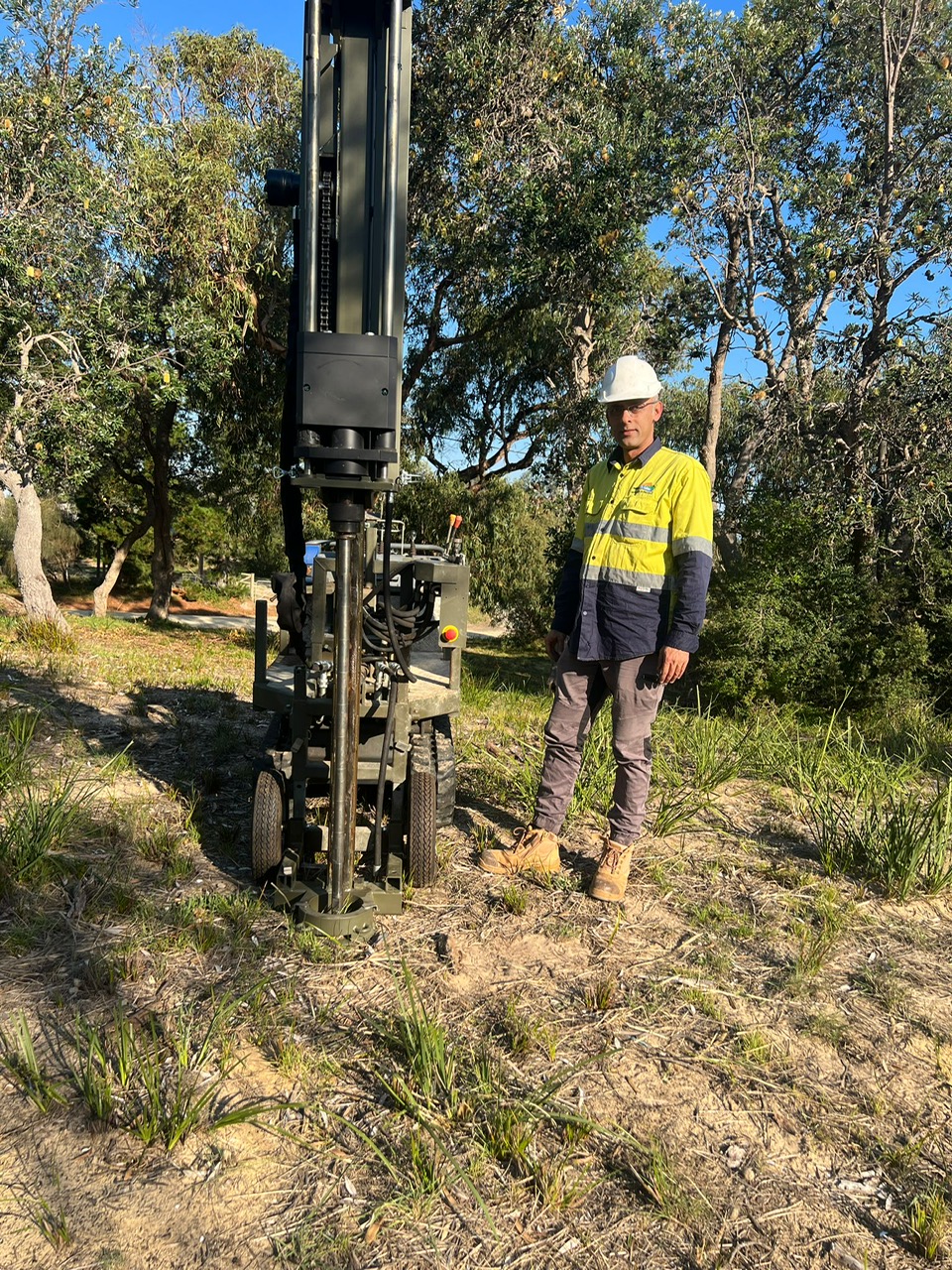 Dynamic Probing
Dynamic Probing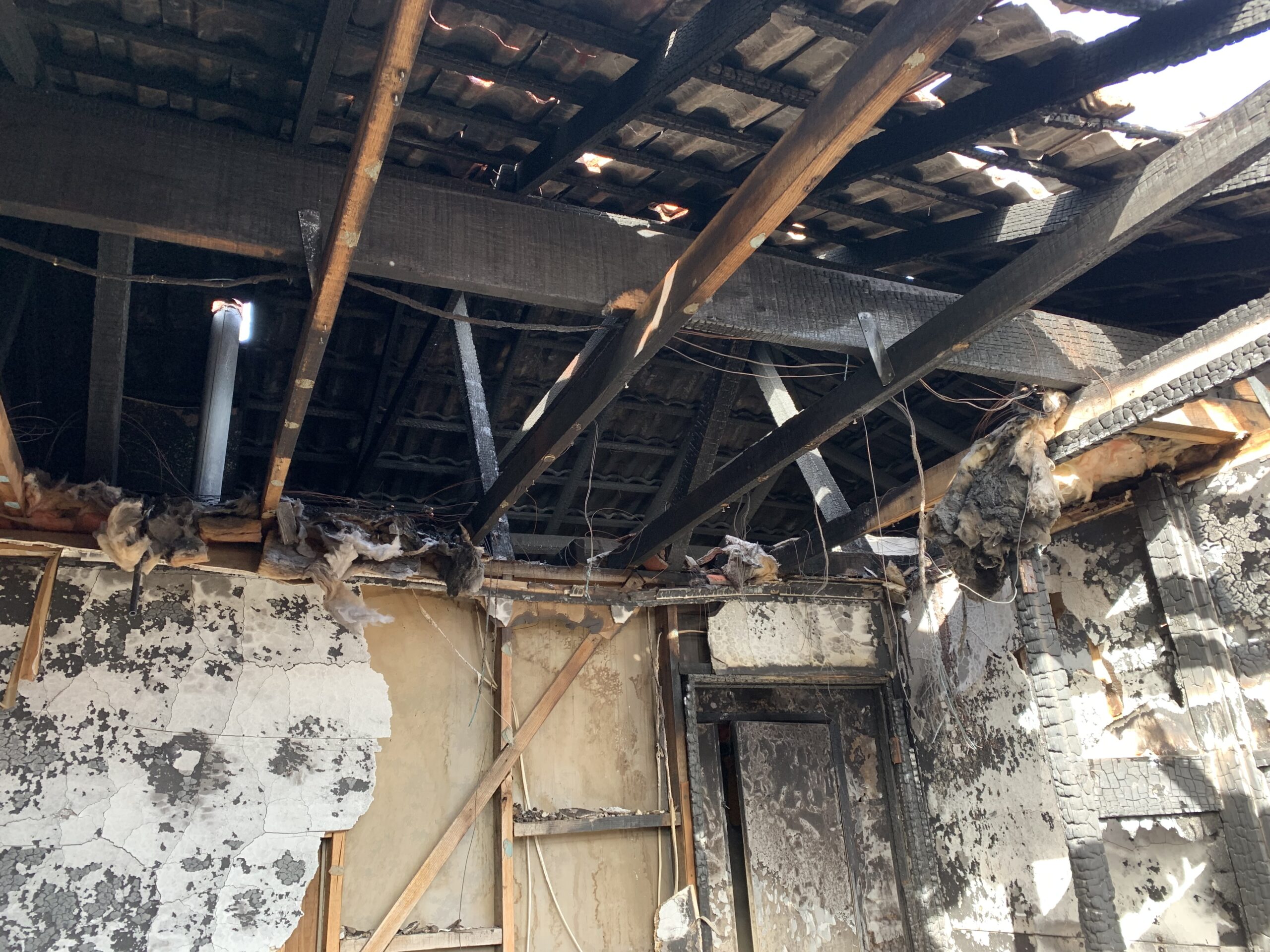 Forensic Inspection of Fire Impacted Structures
Forensic Inspection of Fire Impacted Structures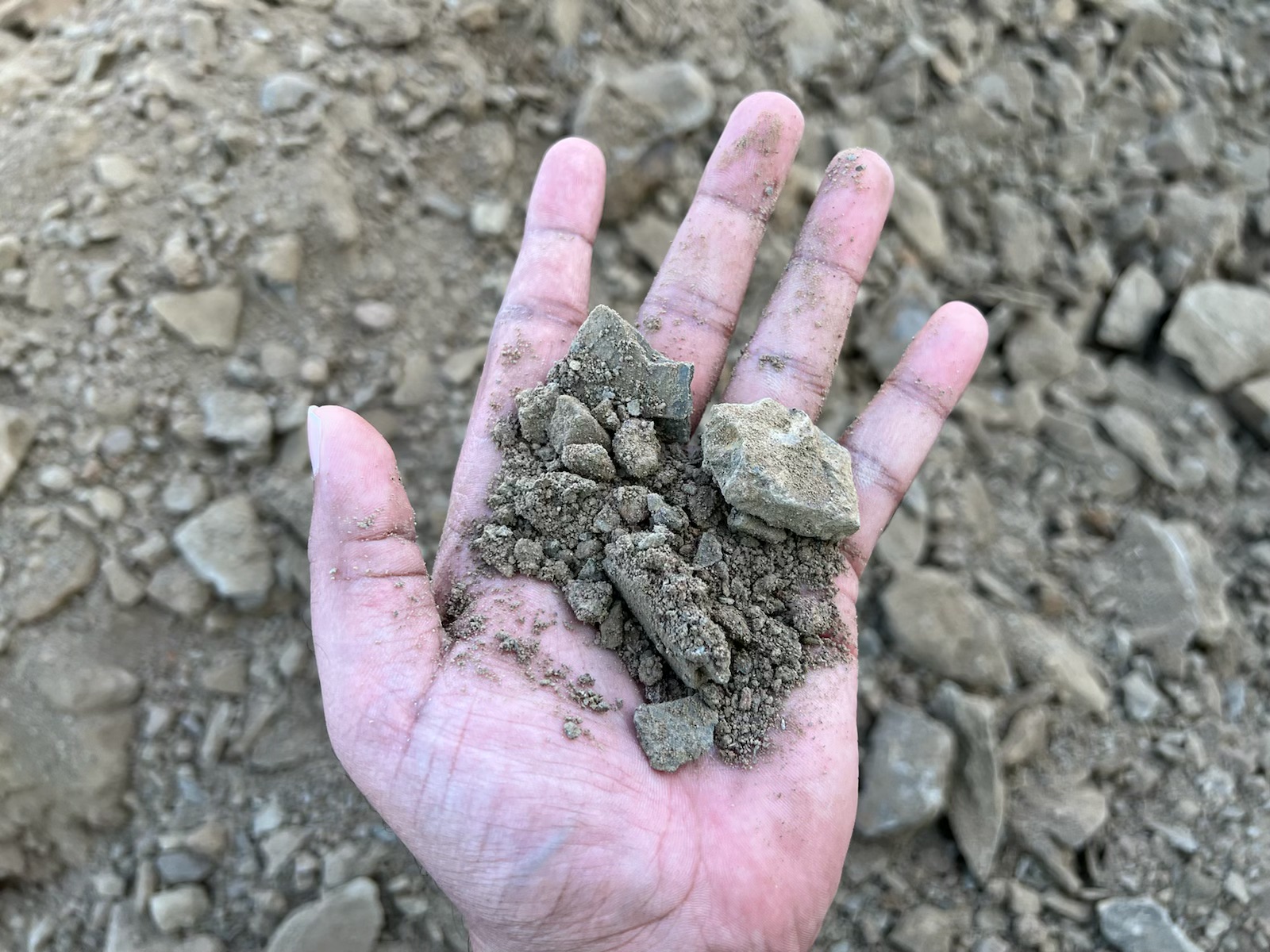 Geological Understanding
Geological Understanding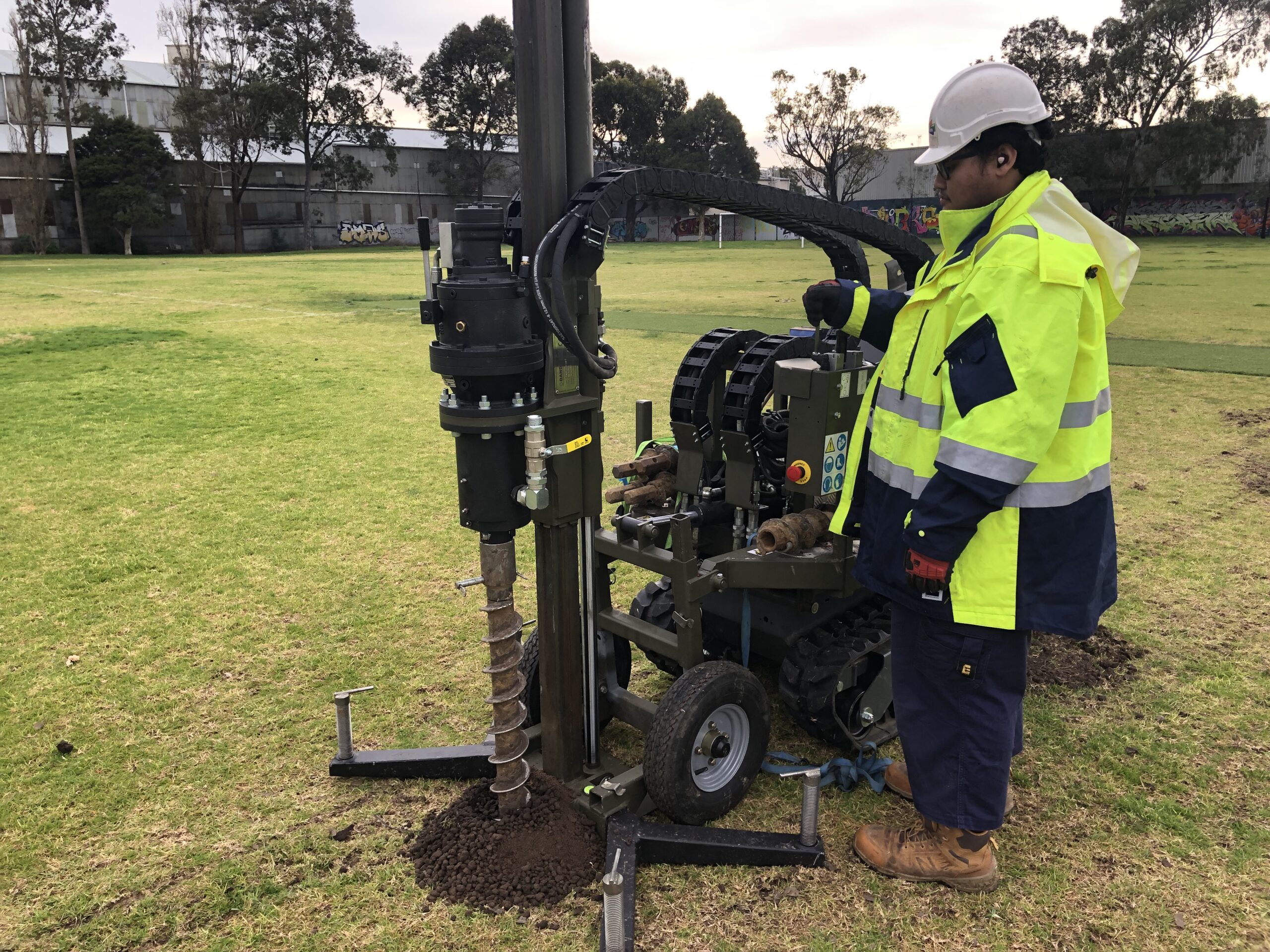 Geotechnical Investigation for Football Stadium
Geotechnical Investigation for Football Stadium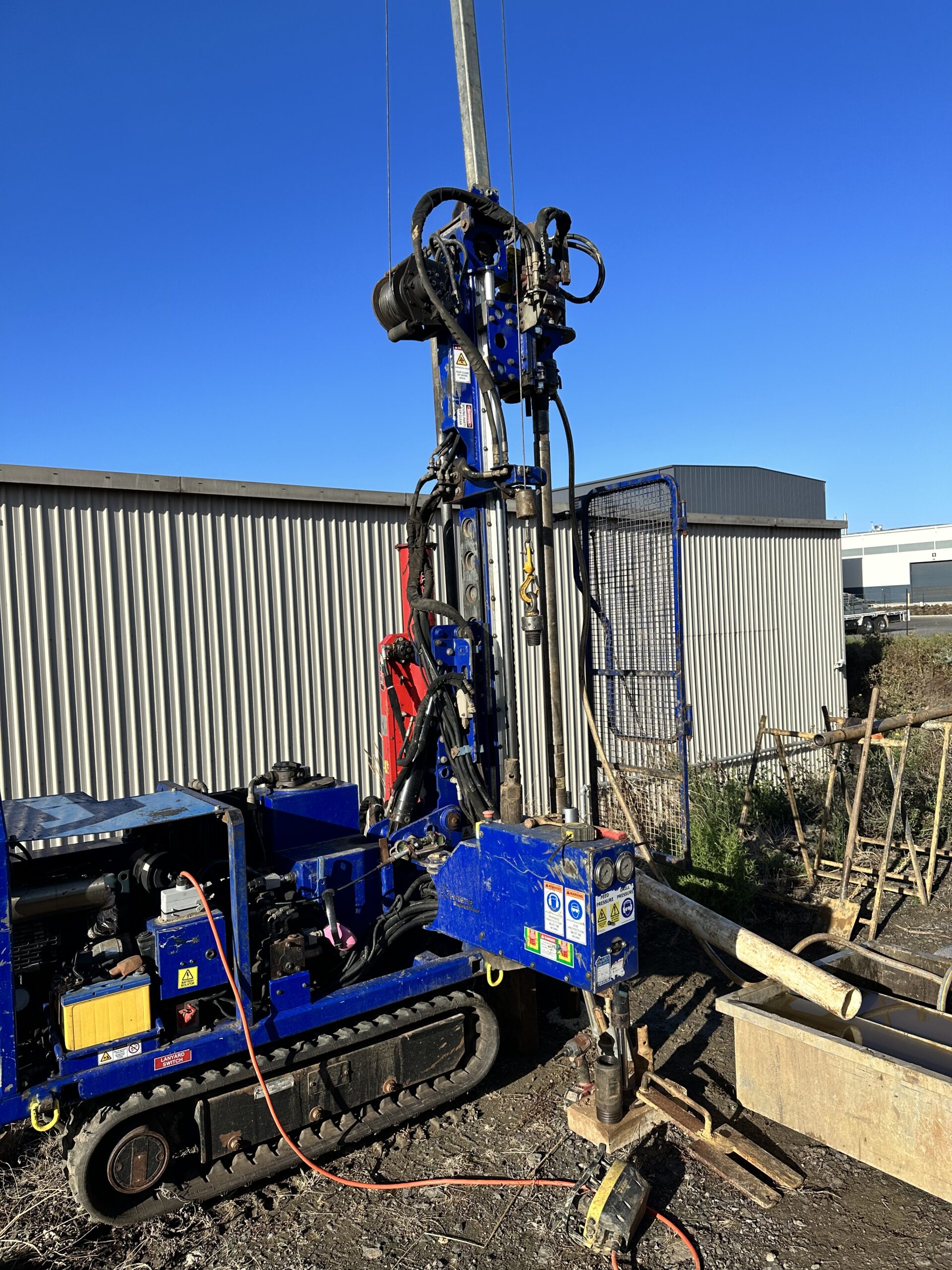 Geotechnical Investigation for Industrial Application
Geotechnical Investigation for Industrial Application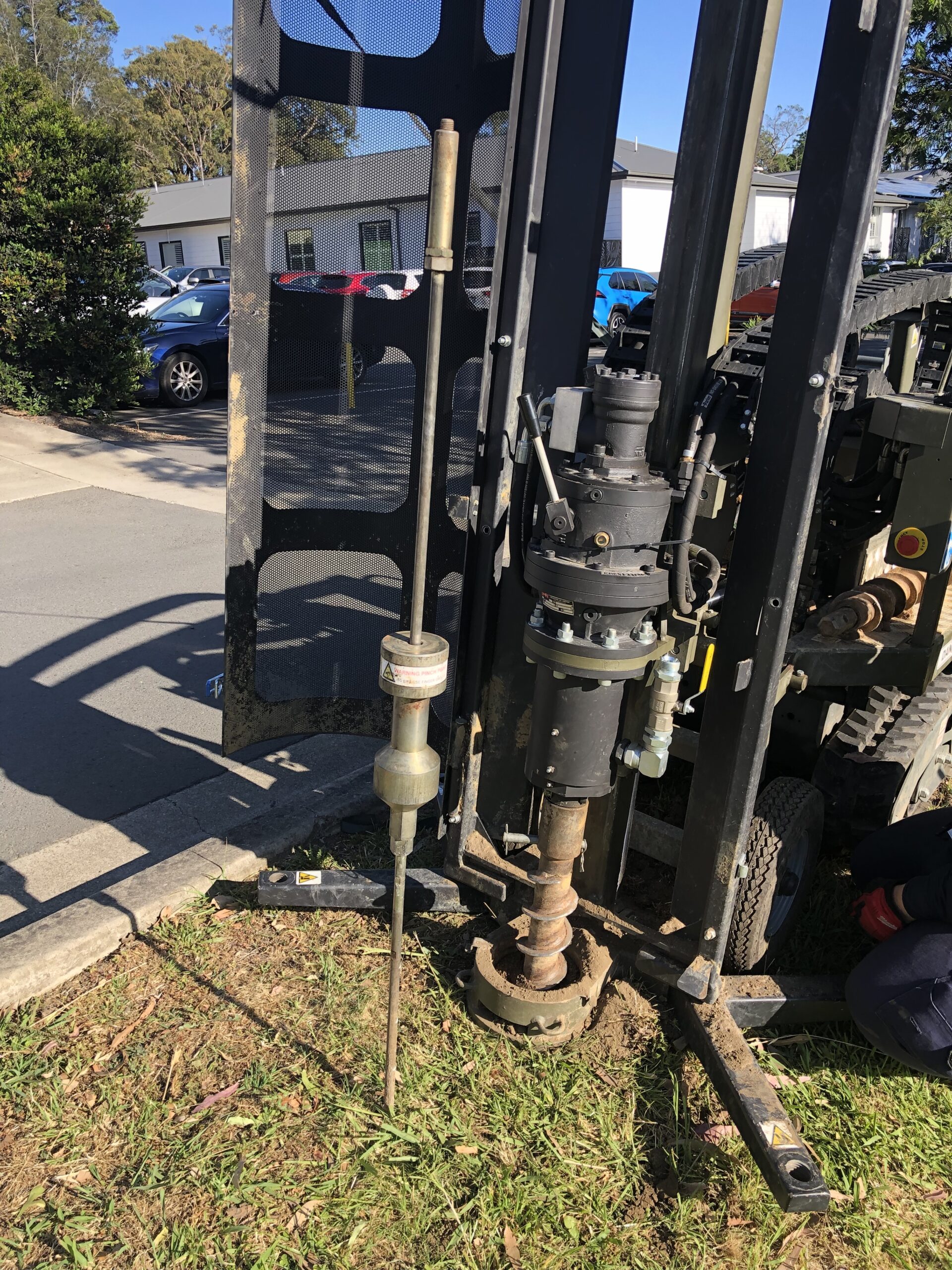 Geotechnical Investigation for Medical Facility
Geotechnical Investigation for Medical Facility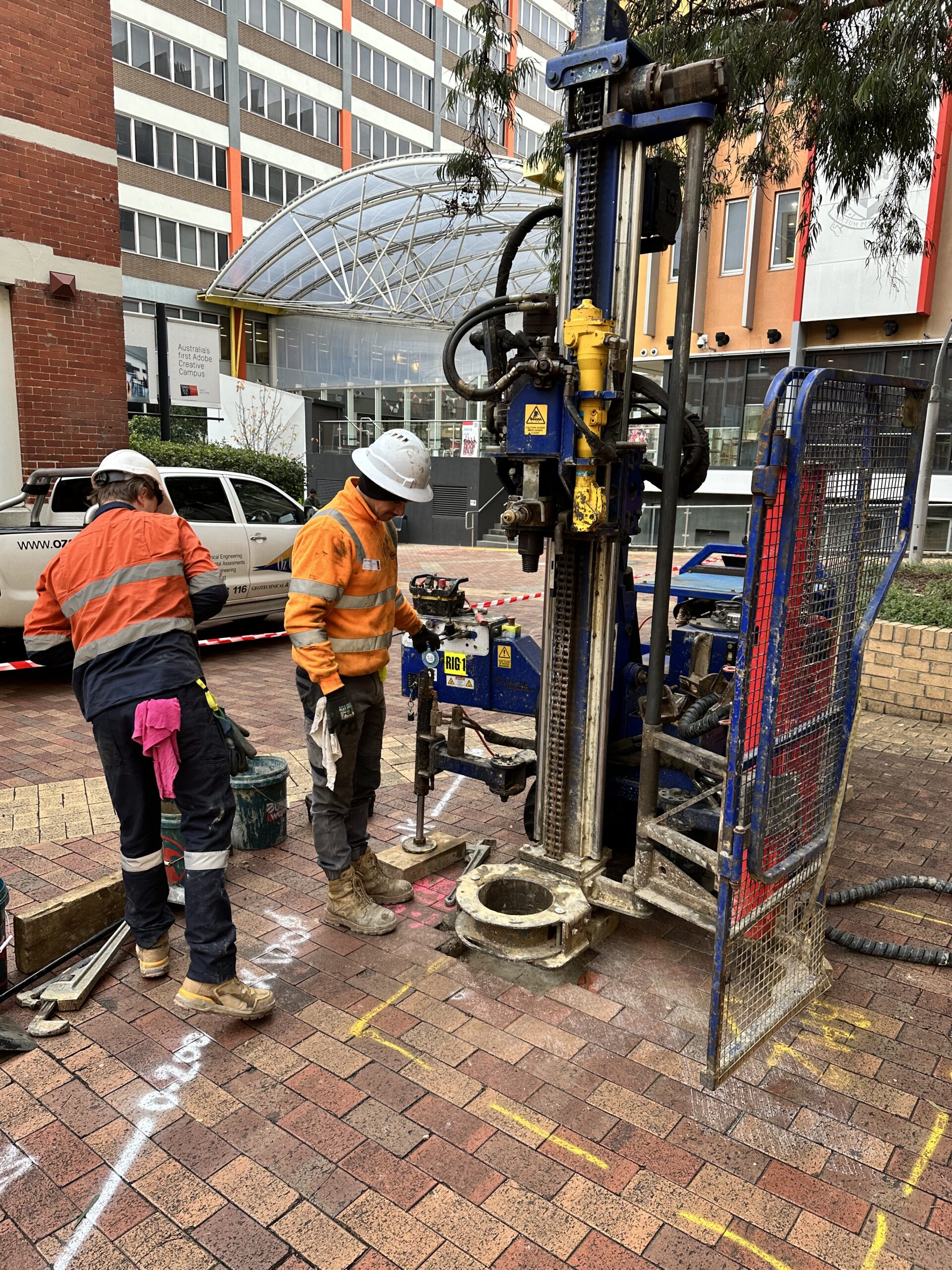 Geotechnical Investigation in Urban Set-Up
Geotechnical Investigation in Urban Set-Up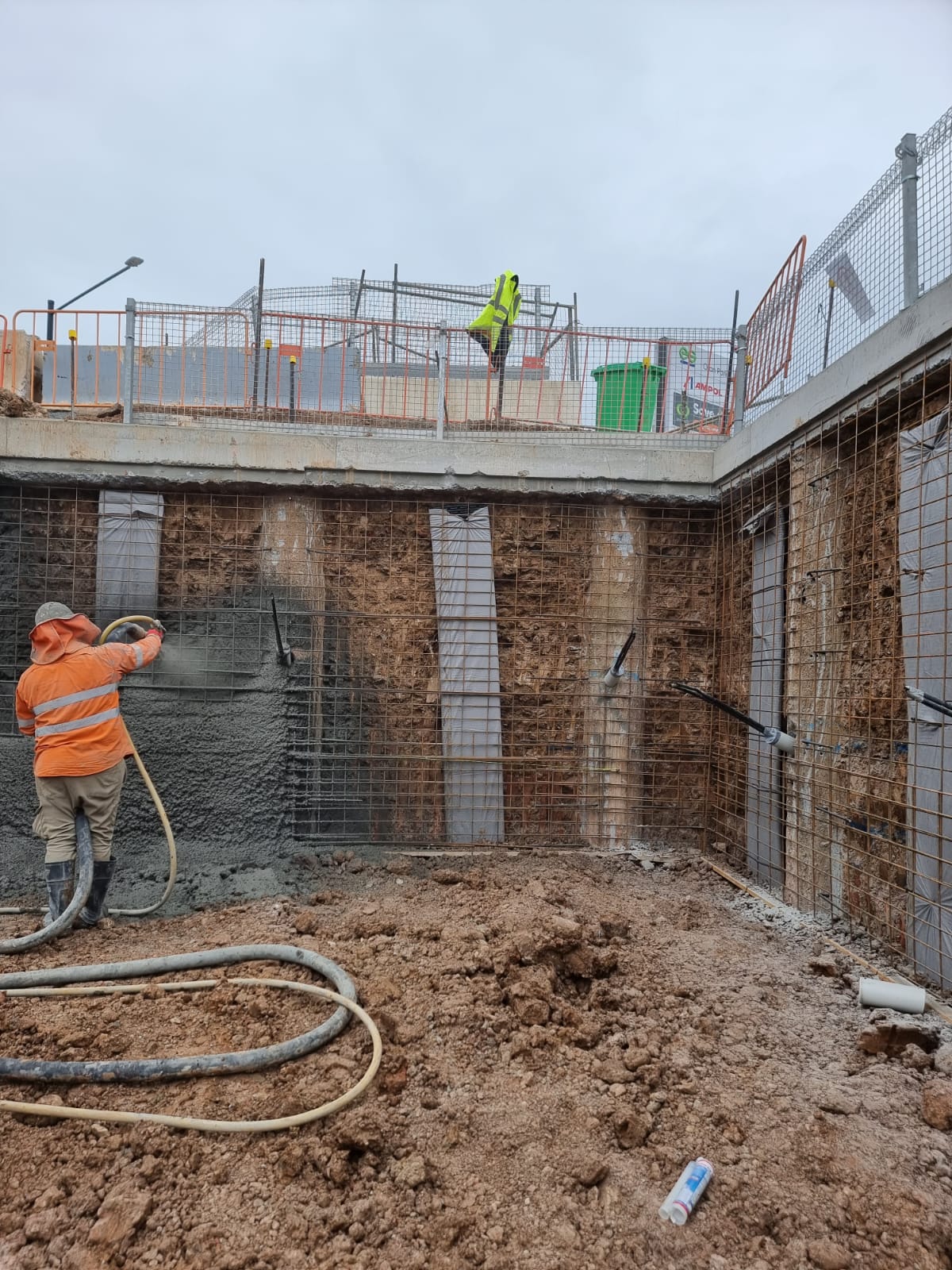 Inspection of Retaining Structure
Inspection of Retaining Structure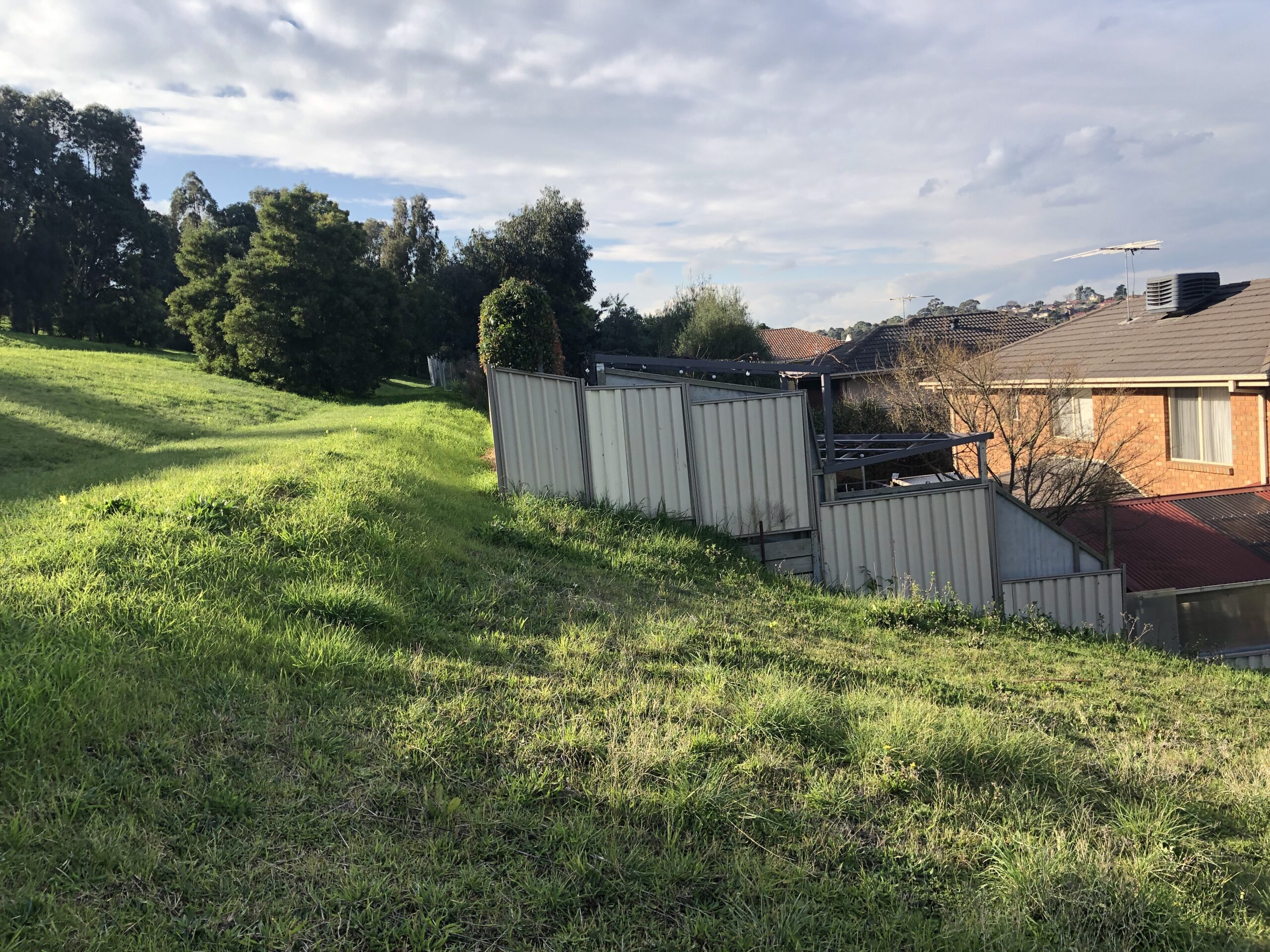 Landslip Risk Assessment
Landslip Risk Assessment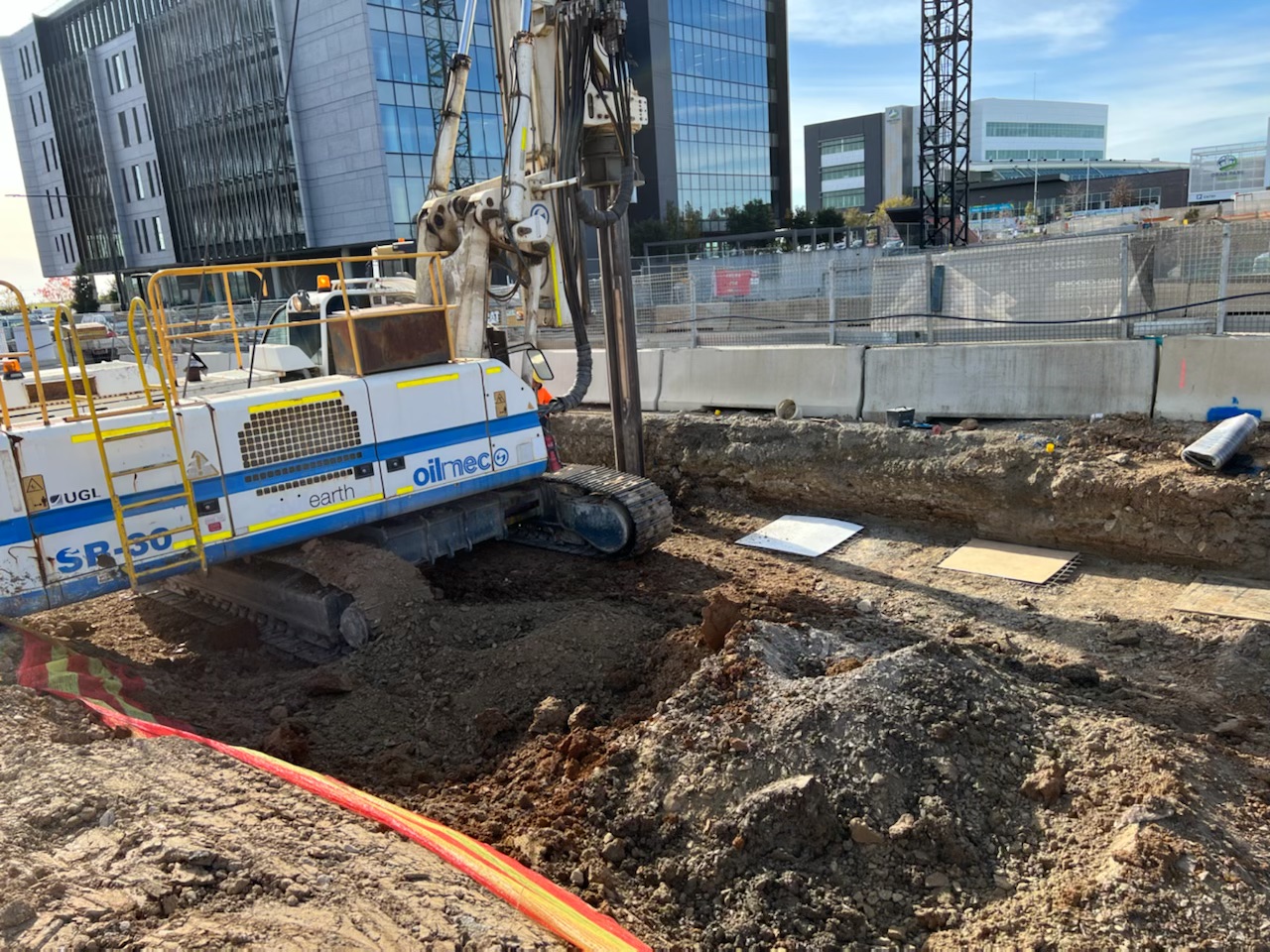 Piling Supervision
Piling Supervision























